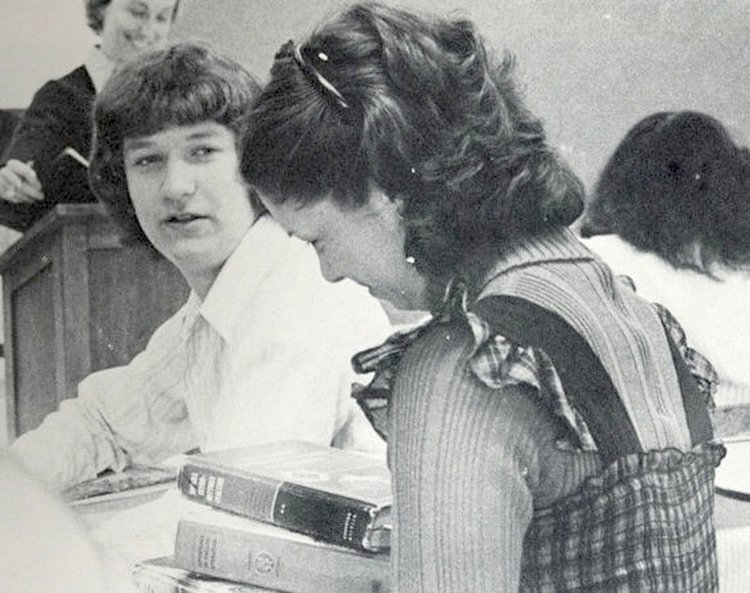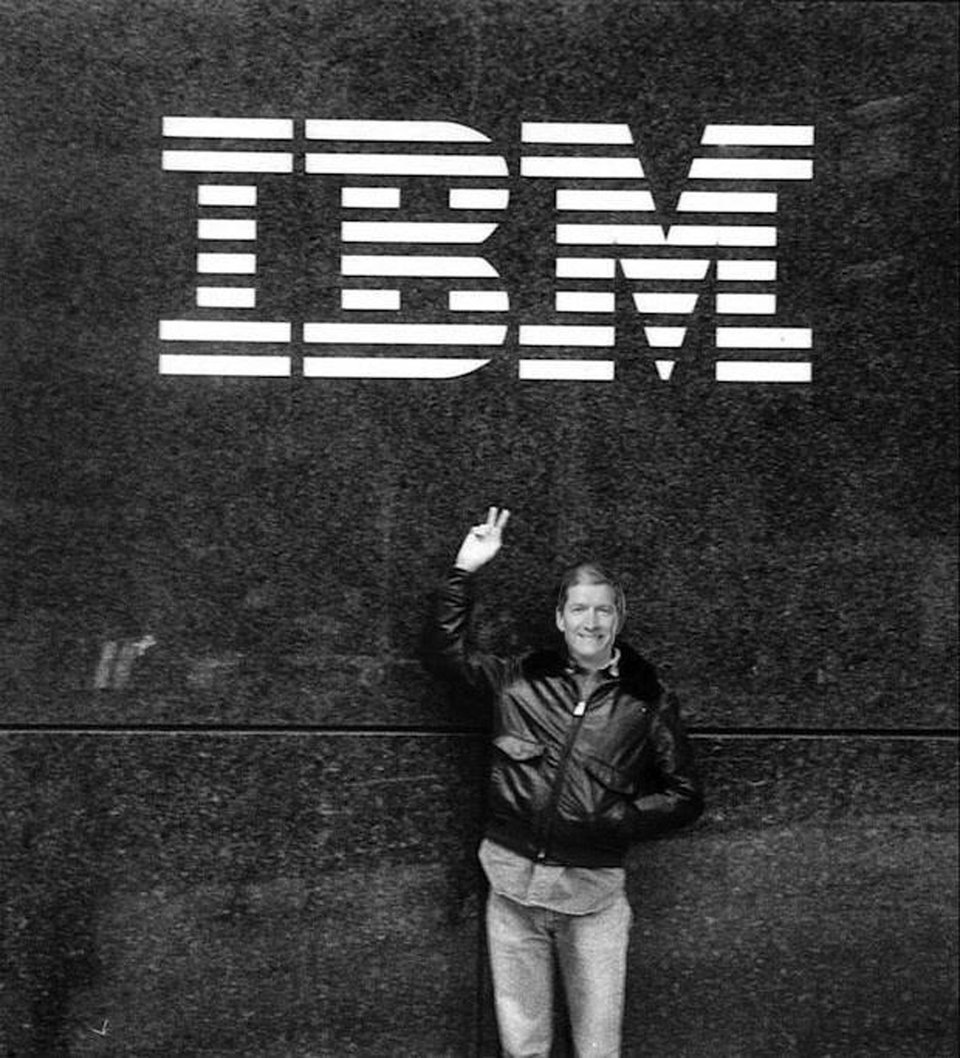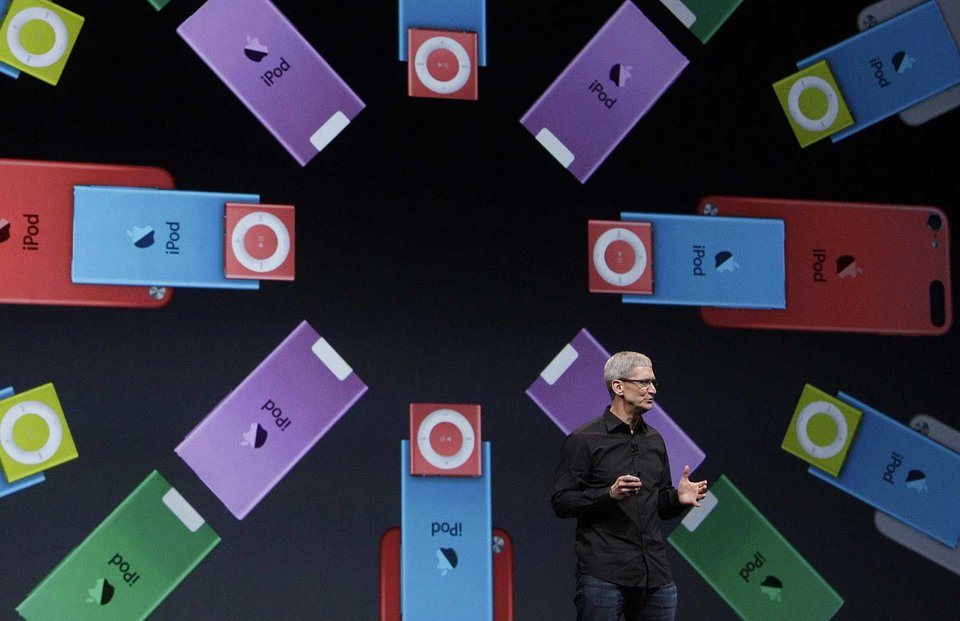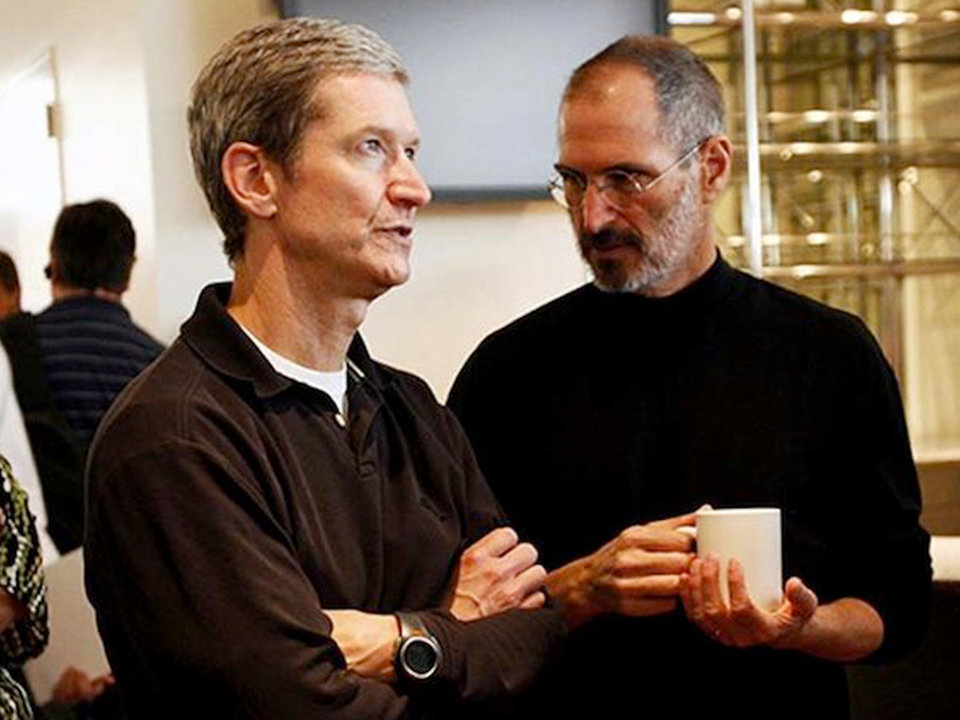Tim Cook took the helm of Apple in August 2011. After his predecessor, friend and mentor Steve Jobs, he inherited a huge and prosperous technological empire. Cook had and still has many detractors and critics who did not believe that he would be able to lead Apple successfully. Despite the doubting voices, Cook managed to lead Apple to the magical threshold of one trillion dollars. What was his journey like?
Tim Cook was born Timothy Donald Cook in Mobile, Alabama in November 1960. He grew up in nearby Robertsdale, where he also attended high school. In 1982, Cook graduated from Alabama's Auburn University with an engineering degree and that same year joined IBM in the then new PC division. In 1996, Cook was diagnosed with multiple sclerosis. Although this was later proven to be wrong, Cook still states that this moment changed his view of the world. He started supporting charity and also organized cycling races for a good cause.
After leaving IBM, Cook joined a company called Intelligent Electronics, where he served as chief operating officer. In 1997, he was vice president of corporate materials at Compaq. At that time, Steve Jobs returned to Apple and literally negotiated his return to the position of CEO. Jobs recognized great potential in Cook and cast him in the role of senior vice president of operations: "My intuition told me that joining Apple was a once-in-a-lifetime opportunity, an opportunity to work for a creative genius, and to be on a team that could to resurrect a great American company,” he says.
Photos from Cook's life:
One of the first things Cook had to do was to shut down his own factories and warehouses and replace them with contract manufacturers - the goal was to produce more volume and deliver faster. In 2005, Cook began making investments that would pave the way for Apple's future, including making deals with flash memory manufacturers, which later formed one of the core components of the iPhone and iPad. With his work, Cook contributed more and more significantly to the company's growth, and his influence gradually grew. He became famous for his merciless, unrelenting style of asking questions, or for holding long meetings that often lasted several hours until something was resolved. His sending e-mails at any time of the day - and expecting answers - also became legendary.
In 2007, Apple introduced its revolutionary first iPhone. That same year, Cook became chief operating officer. He began to appear more in public and meet with executives, clients, partners and investors. In 2009, Cook was named Apple's interim CEO. In the same year, he also offered to donate part of his liver to Jobs - they both had the same blood type. “I will never let you do this. Never," Jobs responded at the time. In January 2011, Cook returns to the role of temporary CEO of the company, after Jobs' death in October of the same year, he lets all the flags at the company's headquarters be lowered to half-mast.
Standing in Jobs' place was certainly not easy for Cook. Jobs was widely regarded as one of the best CEOs in history, and many laymen and experts doubted that Cook could properly take over the helm from Jobs. Cook tried to preserve a number of traditions established by Jobs - these include the appearance of major rock stars at company events or the famous "One More Thing" as part of product Keynotes.
At the moment, the market value of Apple is a trillion dollars. The Cupertino company thus became the first American company to achieve this milestone. In 2011, Apple's market value was 330 billion.
It could be interest you

Source: Business Insider






